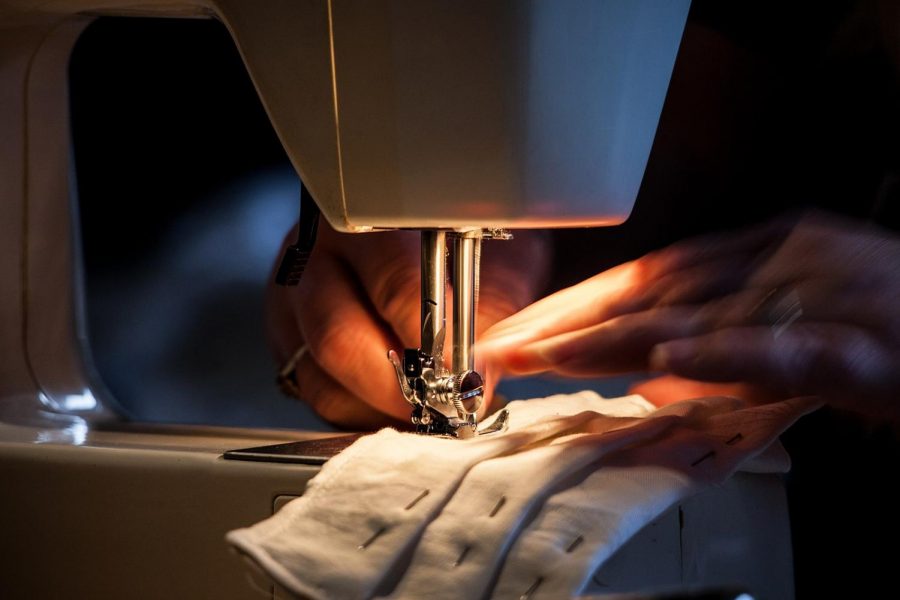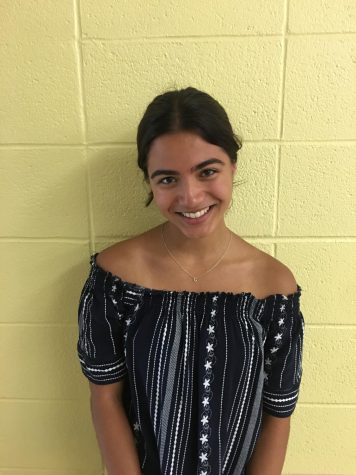The Kongs Make Masks
May 15, 2020
Making cloth face masks is “a labor of love,” as Nathan Kong (’21) puts it. The labor is definitely one to which Nathan can attest, as he and his sister, Madison, have been tirelessly sewing away and making homemade masks for medical personnel over the past few weeks. “It is a very time consuming process,” he explains, sharing how, on a given day, the two can easily spend “seven hours making [just] five masks.”
But Nathan and Madison find their motivation in knowing that they are doing their “part [to]… help protect… [some] special [people],” It’s the same motivation the altruistic duo originally found when first learning to maneuver their mother’s ancient sewing machine and carefully follow the detailed, step-by-step procedure which the Civil Air Patrol (CAP)—the organization through which they have been working and of which Nathan is a member of—required they go by when making the masks.
So with as much in mind, Nathan pleats and sews the first step and Madison, who formerly majored in fashion at her high school and was, appropriately, already acquainted with needle and thread, completes the remaining, more difficult steps. Although he mentions having “caught [Madison]… napping… through” the job on one occasion, Nathan humbly acknowledges that she has still done “most of the work.” He credits her with keeping them on track towards the minimum requirement of thirty masks, which CAP has set in place.
As Nathan reflects on the work they have done thus far, he reports that the hardest part was “the first day [when they]… had to learn the [required] pattern and also figure out how to use [the aforementioned dinosaur of a]… sewing machine.”
I’d like to argue, however, that the hardest part advances far beyond learning CAP’s multi-step procedure or resuscitating the dino-SINGER—or really anything someone as modest as Nathan would disclose. The hardest part seems to be readily sacrificing the five to seven hours needed daily to begin the process in the first place! I imagine it must take an extraordinary amount of selflessness to set aside one’s own agenda for as many hours as the Kongs do and tend to the needs of others. They are truly cut from a different cloth. And yes, the pun was intended.
But just because the Kongs are cut from a different cloth doesn’t mean we can’t also do our part to help during this pandemic. For those who may be similarly interested in making masks and own a sewing machine, Nathan kindly asks you contact him from his school email. He would be happy to give you further information on the initiative, as they “still need lots of [help].” And to the readers who perhaps aren’t quite as sewing-orientated, there are many other ways to be of aid. Consider donating unused bedsheets or similar fabrics to CAP, buying groceries for someone who may need it (assuming you yourself are at a financially stable place right now), or even lending an ear to a friend who’s been especially stressed as a result of the pandemic.
If we could all follow in Nathan and Madison’s footsteps and contribute in our own unique ways, I venture to say we could bring an accelerated end to this pandemic.

















































































































































